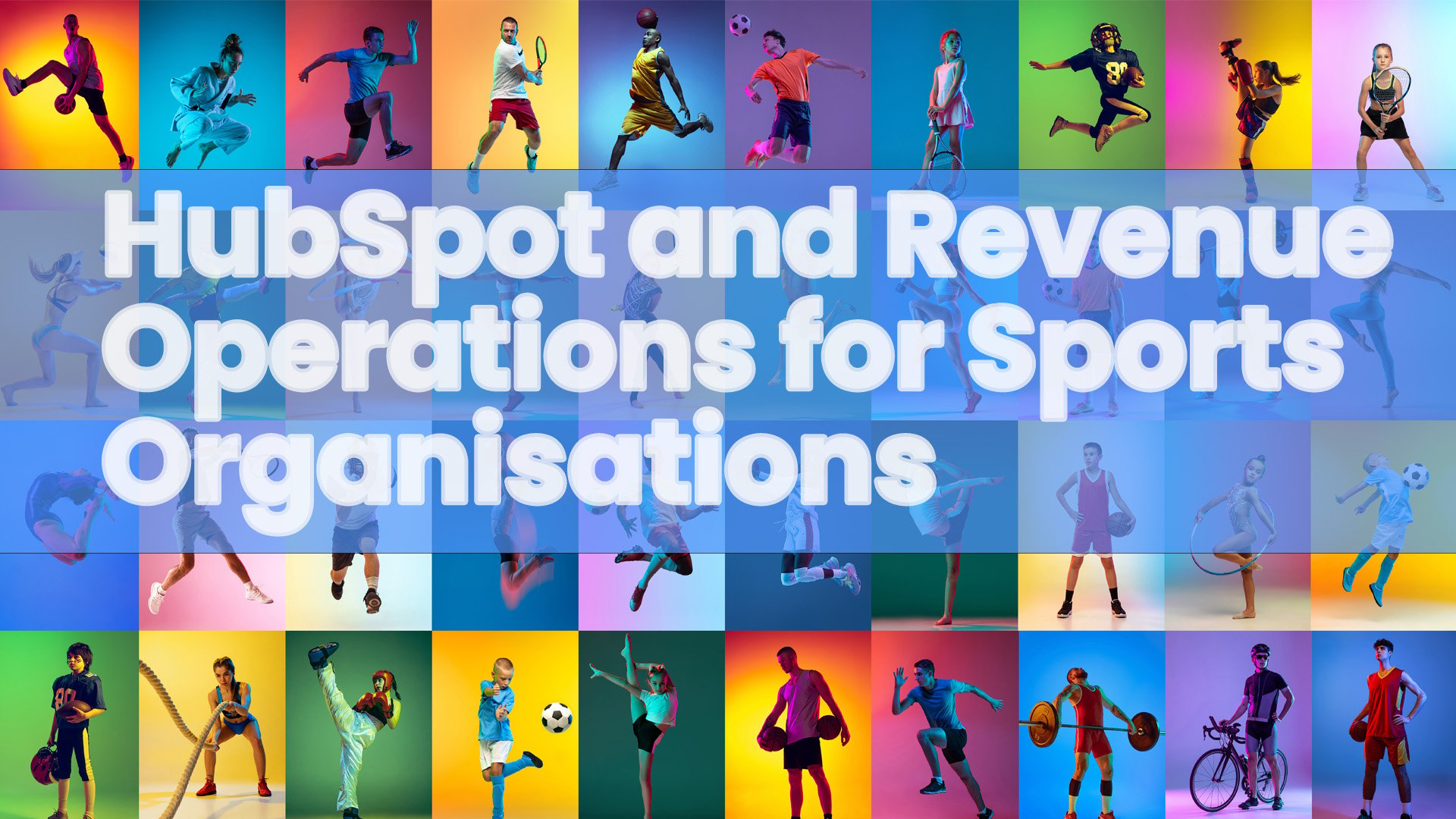Revenue Operations, or RevOps for short, is the latest buzz word in the sales and marketing world. Is this one of the trends you need to take note of? Or another fly by night fad that will come and go like so many other things marketers and business owners worry about.
At Marketing Machines, we love a new fad as much as the next person, but RevOps has the feel of something that is here to stay. And something all businesses need to take note of, and take steps towards implementing in their businesses.
Where does RevOps come from?
The terms itself is a delightful development that focusses on whats really important for business today, especially in light of the seemingly never ending pandemic we are all suffering through - Revenue. The ultimate KPI.
In the past, each customer team, and in fairness, non customer facing teams, each have their own set of KPIs. Further, they have their own leadership, style of doing things, values, systems and processes.
So Sales works one way, and off in its silo, Marketing works another. Even modern business with a customer focus have customer experience teams with a separate set of business performance metrics too.
This leads to a disjointed approach with different teams in the organisation chasing different targets in different ways with different methodologies. The definition of silos.
These silos create 'friction' in the customer experience. Each different conversation a client needs to take to achieve success with our products or services adds complexity and unnecessary stress, wasting of valuable time and providing customers with an over all poor experience,
This is akin to waiting in a phone queue and being referred to a website, that sends you back to the phone, but with a different number and a different telephone triage approach. Before you know it you are repeating your problem, your account details, waiting on hold, and deciding to look about for an alternative supplier at the first opportunity!
The Frictionless Experience
On the other hand, omnichannel, or frictionless sales sets out to deliberately 'fix' this approach with a fully integrated strategy, underpinned by integrated technology. The technology part starts with a CRM (The HubSpot CRM is super powerful, and free!) and has the individual elements and tool sets seamlessly stitched through the platform.
This means your businesses and other tools and technologies need to be integrated so that there is a 'single source of truth' for your customers. And all that data is stored in that one CRM system.
While you will use many tools, like a website CMS (content management system), sales enablement tools, marketing and marketing automation tools, customer service and customer experience tools, having them all plug into the same database or CRM system is the start of making the magic happen.
When sales, marketing, customer service teams, and anyone else with a stake in the customer experience all see the same data, live, in the same system, thing are made so much easier. But more importantly, this allows for teams to become truly aligned too.
The Case For Alignment
We are all familiar with how important alignment is from a company culture perspective. But we need to understand how important it is from a systems, processes and especially data perspective. Further, to have all teams working to one end is more efficient, more focussed and clearly beneficial from the cultural perspective too.
Indeed, you might consider creating one 'revenue' team rather than the previously siloed sales, marketing and customer service triumvirate we've been talking about in this article. The 'one team', or revenue team approach means everyone working to the same aims, revenue in this case. And so marketers and customer service teams are as aware of their impact and and position in the flywheel, and understand that they are in their own way, as important (if not more important) than the impact of the sales team alone.
The HubSpot Advantage
In one word, RevOps sums up the advantage of a platform like HubSpot. Not only are all the tools required present within the platform, unlike some competitions like Salesforce for instance, the HubSpot platform is all built together, or crafted together, in the same code, rather than being cobbled together as a result of the acquisition of third party systems.
HubSpot offers a one stop tool kit for frictionless, aligned business, thats super powerful and crucially, easy to use.






